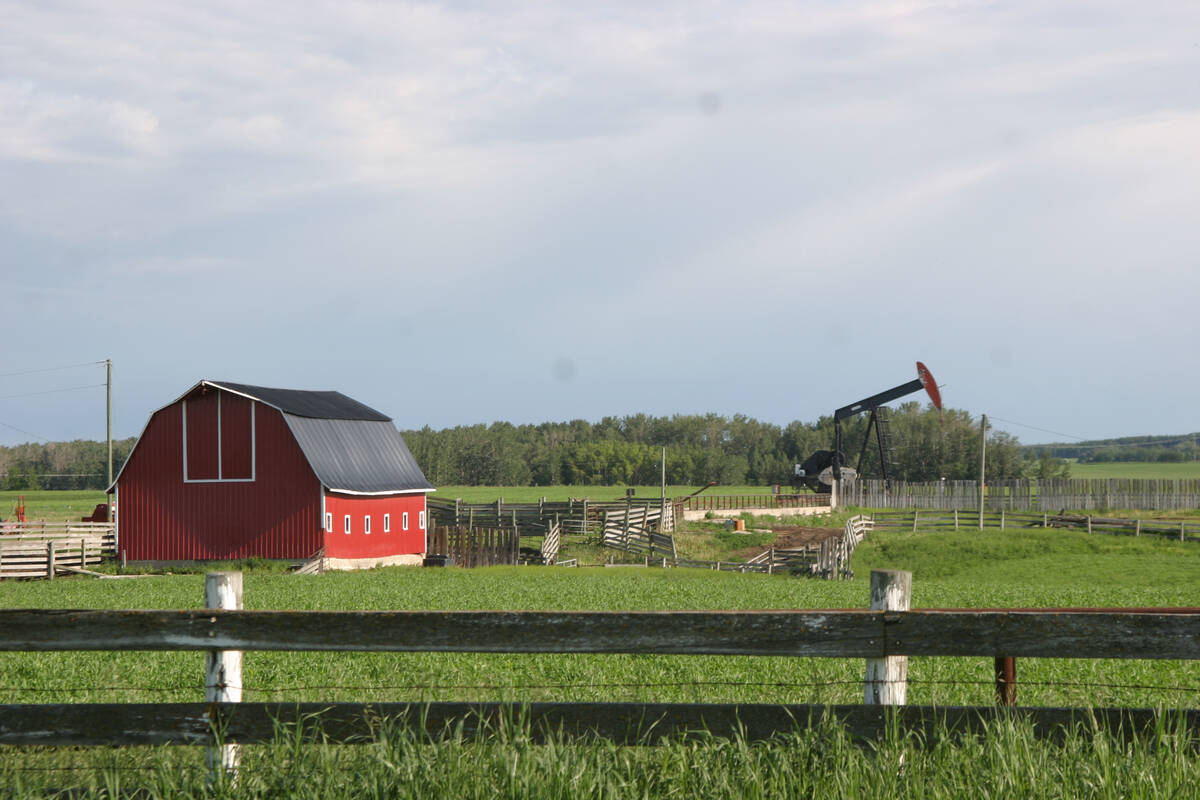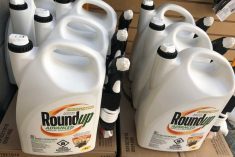Canola prices have been falling steadily since reaching record highs in 2022, and according to agriculture markets analyst Brad Magnusson, they haven’t hit bottom yet.
The CEO of Magnusson Consulting Group spoke to farmers at St. Jean Farm Days Jan. 10 in St. Jean Baptiste, Manitoba.
“Demand is low,” he said, pointing to a graph that showed current year-to-date canola deliveries are the lowest in 10 years. “Countries must be finding supplies of other products. They understand that we’re holding a lot of canola, and they’re going to hold out for a lower price.”
Read Also

Recommendations in the mature assets strategy could cause potential problems for landholders
The Western Stock Growers’ Association urges producers to pay attention to the potential changes to Alberta’s Mature Assets Strategy.
Canola markets weren’t spared from the pandemic chaos. Similar to the run on toilet paper and hand sanitizer that threw retail stores for a loop, grain markets overreacted to COVID.
“That cycle should not have happened,” said Magnusson. “Countries like Russia, China, the Philippines and Egypt were all worried that they were not going to get food. So, they started to buy large volumes of grain, and the price shot up.”
By January 2022, canola prices had cracked $1,200 a tonne. Magnusson says it is now coming back to earth and sat at $616 per tonne at the time of his presentation.
For the 10 years before the pandemic, canola wavered between highs of about $800 and lows of about $450 a tonne, but Magnusson says he doesn’t think it will dip as low as that before recovering.
“I do not think we’re going to get to $450 or even $500, but if we don’t get some demand, we could continue to slowly decline,” said Magnusson.
“That demand has to come from two places: the United States and China. The United States buys the oil. China buys the seed.”
China buys 64 per cent of all Canadian exports of canola seed, and the U.S. buys 90 per cent of all Canadian exports of canola oil.
Magnusson said China buys most of its product between September and December, so demand naturally weakens at this time of year, and politics play a role.
“My opinion is that we are seeing the Chinese send a message to the Americans and Canadians that they are preferring to buy product from other BRIC countries,” said Magnusson.
And to satisfy its oilseed demand, it could turn to Brazil’s soybean crop.
“China is China; they’re looking for the lowest price. But when they have an opportunity to buy beans at an advantage against Canadians, or particularly the U.S., you’re going to see that. Now they’re exploiting that opportunity because Brazil has lots of beans and a good exchange.”
Of course, the weather can change everything.
Magnusson said that in Mato Grosso, the main agricultural region of Brazil, farmers seeded into fairly dry ground.
“They were planting in a lot of dust but again, we seeded into some pretty dry conditions, and we ended up with an OK crop.”
The region did get recent rain, but Magnusson doesn’t think they will tip the scales.
“We are going to see some more blood in the water as we go through the Brazilian crop, unless something happens with weather — and if I knew what the weather was going to be like, I would be a very rich man.”
Magnusson said it’s safe to expect canola to continue to lose value for a while. While he wasn’t willing to guess the floor price, he’s spoken to others who suggest the price could dip below $600 a tonne. Without a shift in demand, some predict another $24 drop in the price of canola.















